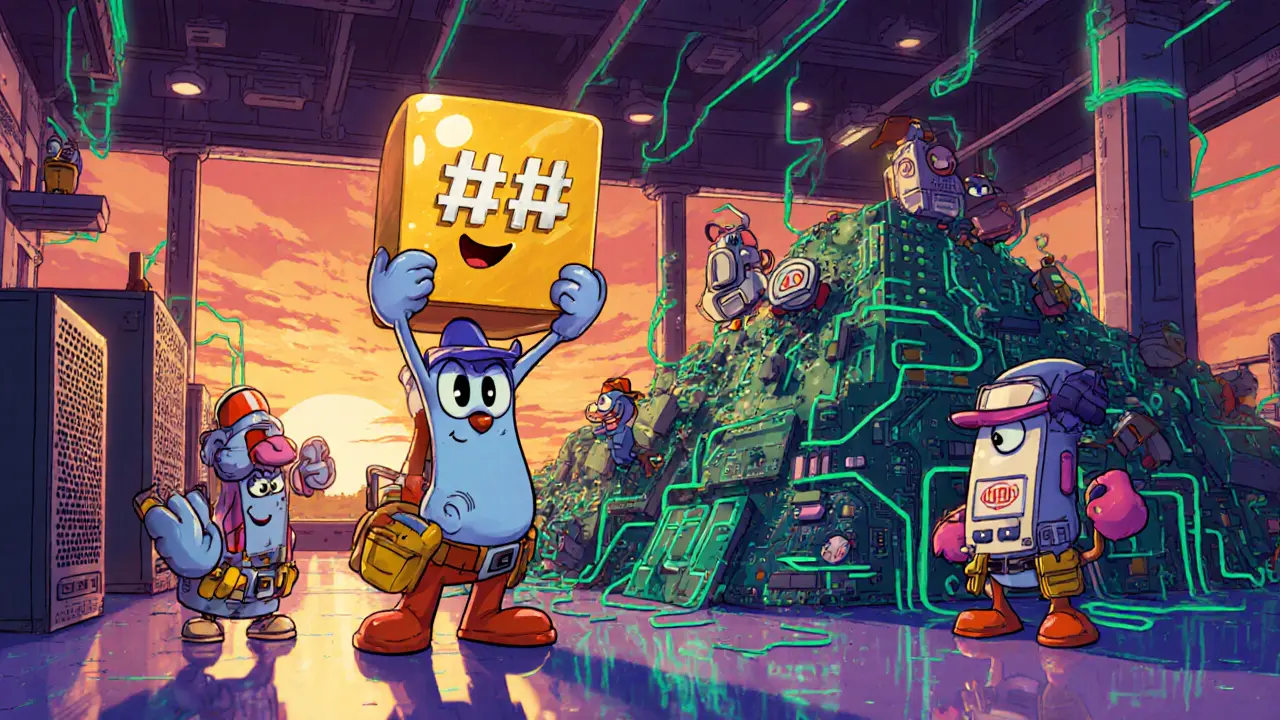Blockchain Technology: Your Go‑to Guide for 2025
When working with blockchain technology, a decentralized system that records transactions across many computers without a central authority. Also known as distributed ledger tech, it powers cryptocurrencies, supply‑chain apps, and even health‑record platforms. Blockchain technology encompasses cryptographic security, consensus rules, and immutable data structures, making it a cornerstone for trust‑less interactions. By eliminating single points of failure, it lets anyone verify history without relying on a middleman, which is why startups and enterprises alike keep betting on it.
Key Areas Covered
One of the most critical concepts you’ll meet is finality, the point at which a transaction is considered irreversible on the network. Finality influences how quickly users can trust a transaction, and it directly shapes the security‑speed trade‑off that every blockchain faces. For example, probabilistic finality used by Bitcoin means you wait several blocks for confidence, while deterministic finality in newer chains can lock a transaction in seconds, but often requires stronger validator sets. Understanding these nuances helps you pick the right chain for a given use case, whether you need ultra‑fast payments or rock‑solid settlement. Another growing trend is the rise of multi‑VM blockchain, platforms that support multiple virtual machines like Move, EVM, and SVM simultaneously. This flexibility lets developers write smart contracts in the language they prefer, then deploy on the same network without bridging assets. Projects like Mango Network showcase how multi‑VM designs boost ecosystem diversity, lower entry barriers, and attract talent from different blockchain communities. When a chain can run both Ethereum‑compatible contracts and Move‑based modules, it opens doors for DeFi, NFTs, and enterprise apps to coexist seamlessly. Governance also matters. token governance, on‑chain voting mechanisms that let token holders influence protocol upgrades and parameter changes turns users into decision‑makers, aligning incentives and reducing central control. Token‑based voting can speed up upgrades, but it also brings challenges like voter apathy and concentration of power. By pairing governance with transparent proposal processes, projects aim to create more resilient ecosystems. Lastly, smart contract security, the practice of auditing, testing, and formally verifying contract code to prevent exploits remains non‑negotiable. From integer overflow bugs in Solidity to re‑entrancy attacks, each flaw can cost millions. Modern tooling—static analyzers, formal verification, and automated fuzzing—helps developers catch issues early, while communities share best‑practice checklists to keep code clean. All these pieces—finality, multi‑VM support, governance, and security—interact to shape what blockchain technology can achieve today. Below you’ll find a curated set of articles that dive deep into each area, offering practical tips, real‑world case studies, and step‑by‑step guides to help you navigate the fast‑moving landscape of decentralized tech.

